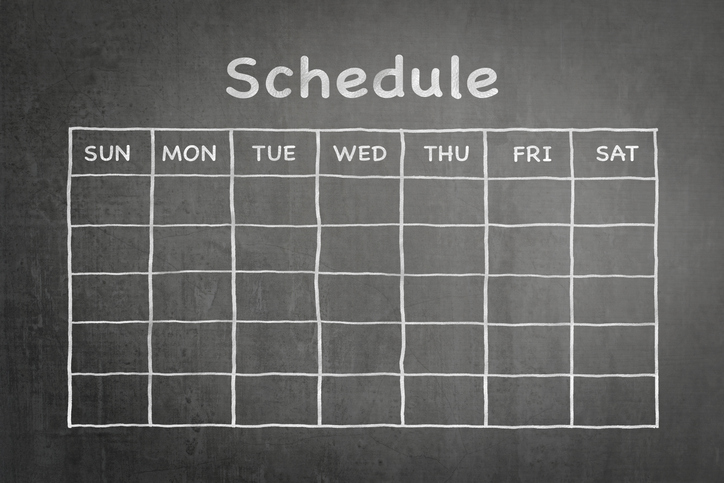Living with Chronic Pain
Activity Planning as a Pain Management Tool

21 people found this helpful
Print
Share
Save
Exerting too much energy and not scheduling sufficient rest periods can increase pain, deplete energy levels, and prevent an individual with chronic pain from being able to participate in activities or events. A repetitive cycle of doing too much when feeling good and then crashing due to pain and fatigue can develop. This cycle can be avoided by practicing activity pacing and planning.
Activity planning tips include the following:
- Balance weekly and daily activities. When scheduling tasks, activities or events, it is important to think about the week as a whole. Instead of scheduling a physical therapy appointment, a work meeting, and a lunch date all on one day, it is better to evenly spread out activities throughout the week if possible.
- Schedule activities for times when pain levels are at their lowest. If arthritis pain is worse in the morning or if back pain is worse after a day at the office, keeping those times free of activities can help prevent a flare-up of pain. Events and tasks should be scheduled for times and days when pain levels are typically low.
- Set limits and learn to say “no.” While it may be difficult to say “no” to invitations or requests from friends, family members, or coworkers, it is sometimes necessary in order to save energy for other required tasks or activities. Setting and communicating boundaries such as, “I only schedule one social activity per week,” “I get all of my work done before going to physical therapy on Tuesdays and don’t do any work afterwards,” or “I always spend Sunday afternoons with my family” can make it easier to turn down requests and invitations when needed. Saying “no” to less important activities makes it easier for individuals with chronic pain to say “yes” to what is most important to them.
- Plan for rest. In addition to scheduling activities, rest breaks should also be scheduled, even when pain levels are low. Whether it’s a break in the middle of the work day or allowing time to get enough sleep at night, rest is an essential part of keeping pain levels as low as possible and energy levels as high as possible. Scheduling time specifically for relaxation techniques, such as yoga, meditation, or deep breathing, can also be beneficial.
- Break large tasks or activities into smaller ones. Tackling a large task can be overwhelming and can lead to overexertion. Breaking a large task into smaller parts and taking breaks can be much more effective. Spreading a large task over several days can also make the task easier to accomplish while taking less of a toll on the body and mind.
- Set a timer for “break reminders.” It is easy to get absorbed with doing a task and lose track of time. However, sitting or standing in one position for too long or not taking time to rest can increase pain. Setting a timer or alarm for “break reminders” while engaged in a task can help. When engaging in physical activity, a good rule of thumb is that the break should be equal to or more than the length of time of the activity. Sometimes a break is just not possible; in this case, moving around a bit and changing positions can prevent muscle tightness, which often increases pain.


















